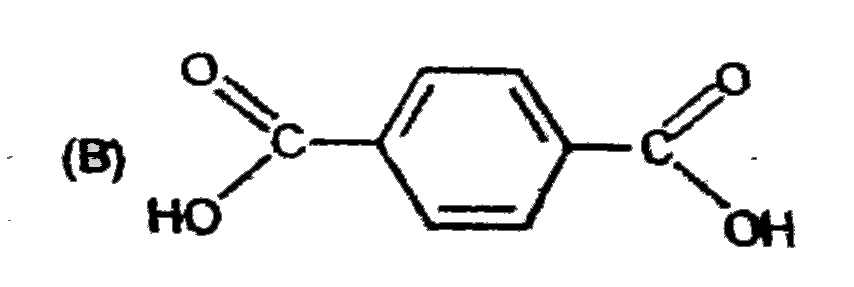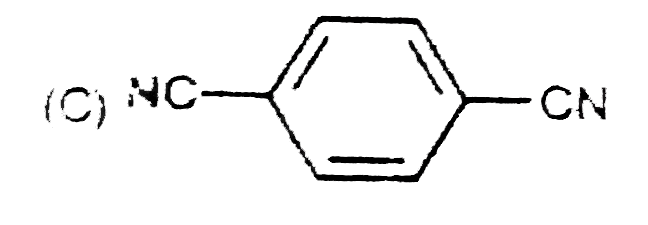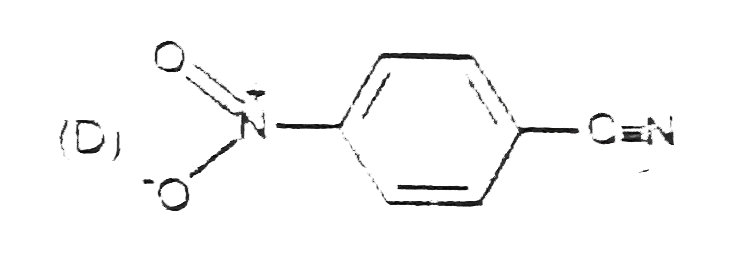A
B
C
D
Text Solution
AI Generated Solution
The correct Answer is:
|
Topper's Solved these Questions
ALKYI HALIDE
MOTION|Exercise Exercise - 1 (Physical properties and test of Alkyl halide)|5 VideosView PlaylistALKYI HALIDE
MOTION|Exercise Exercise - 2 (Level-I) (Prepration of Alkyl halide)|7 VideosView PlaylistALKYI HALIDE
MOTION|Exercise Exercise - 1 (Chemical Properties & Preparation methods of Diahlides)|3 VideosView PlaylistALCOHOLS & ETHERS
MOTION|Exercise EXERCISE -4 (LEVEL -II) PREVIOUS YEAR JEE ADVANCED|9 VideosView PlaylistAROMATIC COMPOUND
MOTION|Exercise Exercise - 4 | Level-II|16 VideosView Playlist
Similar Questions
Explore conceptually related problems
Knowledge Check
Similar Questions
Explore conceptually related problems
MOTION-ALKYI HALIDE-Exercise - 1 (Chemica l Properties & Preparation methods of Chloroform)
- CHCl(3) is kept in brown bottles well stoppered and also with 1% alcoh...
02:29
|
Play - Chloroform can be obtained from
05:04
|
Play - CH(3)-underset(O)underset(||)(C)-CH(3)underset(Na(2)CO(3))overset(I(2)...
Text Solution
|
Play - Which of the following statement is wrong -
06:42
|
Play - The oxidation of CHCl(3) by air & light is prevented by adding -
03:10
|
Play - Isocyanide reaction involves the intermediate formation of -
03:50
|
Play - Chloroform when treated with aniline and alcoholic KOH forms -
04:46
|
Play - Iodoform test is not given by : -
05:41
|
Play - The compound with no dipole moment is -
02:54
|
Playing Now - The hydrogen atom in chloroform is -
02:12
|
Play - Iodoform gives a precipitate with AgNO3 on heating but chloroform does...
04:38
|
Play - Pyrene is the commerical name of-
01:30
|
Play



